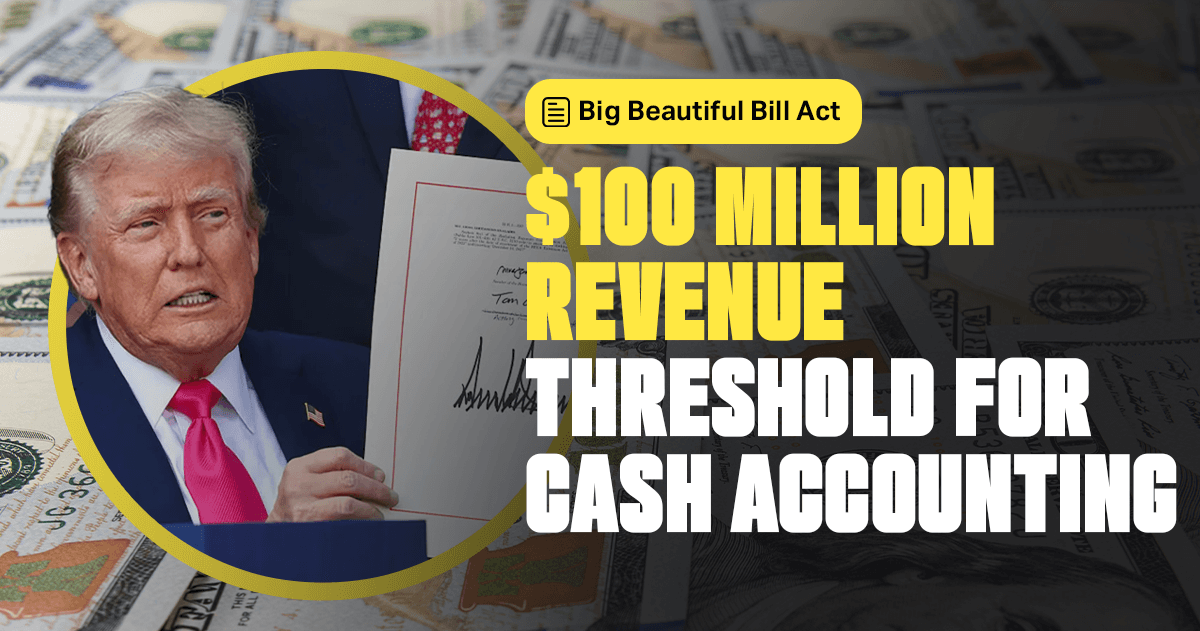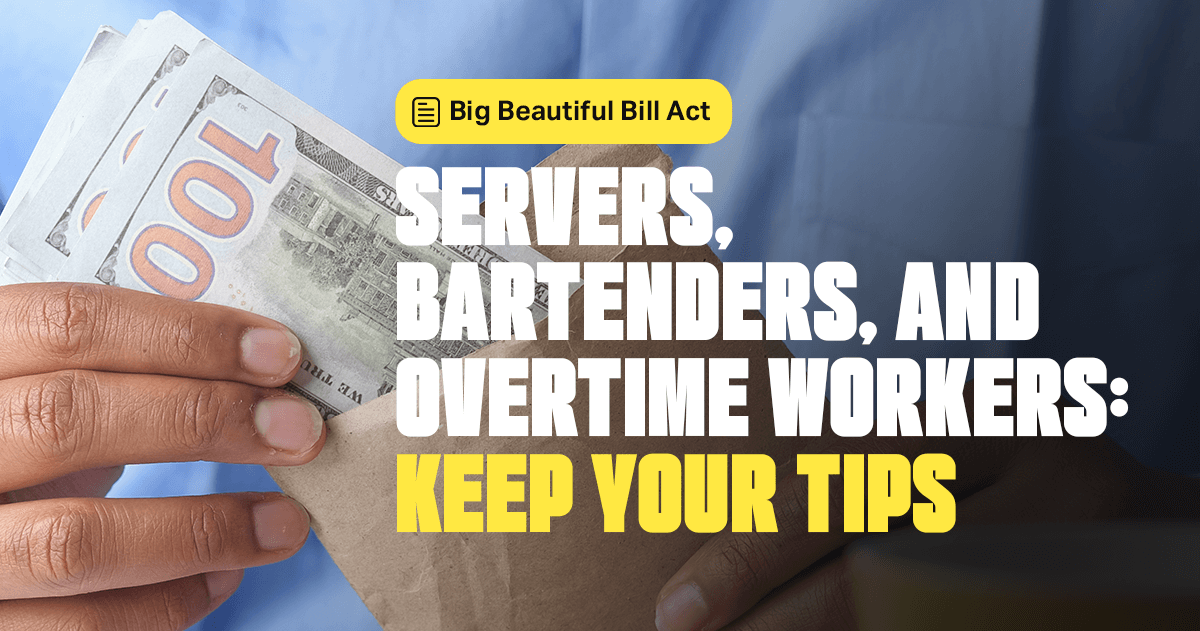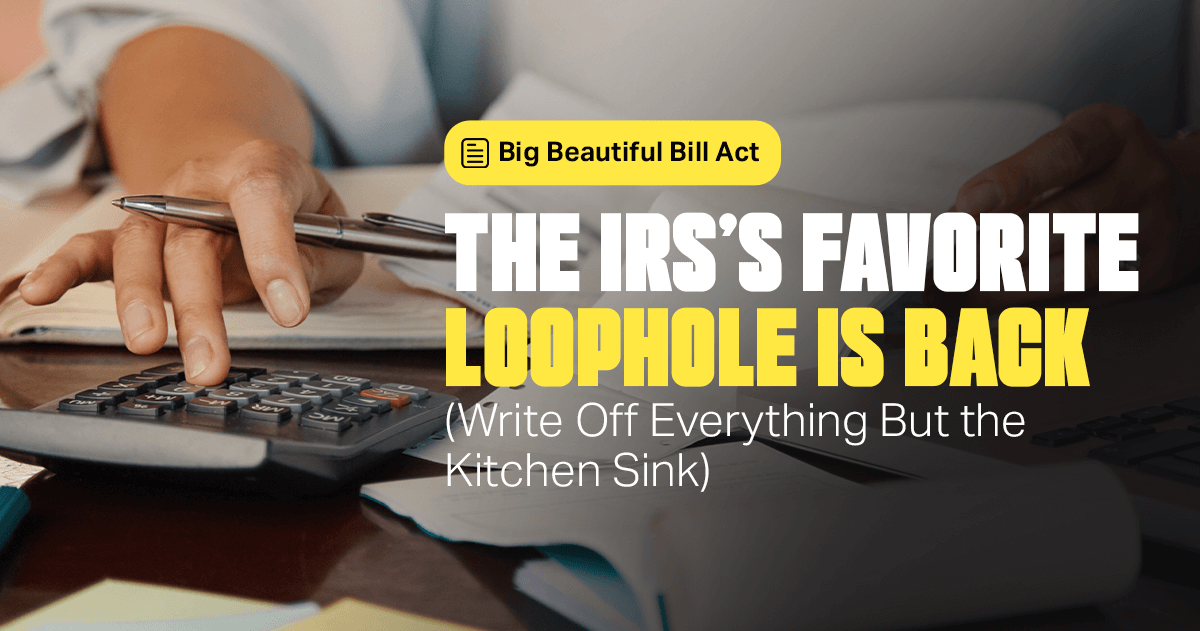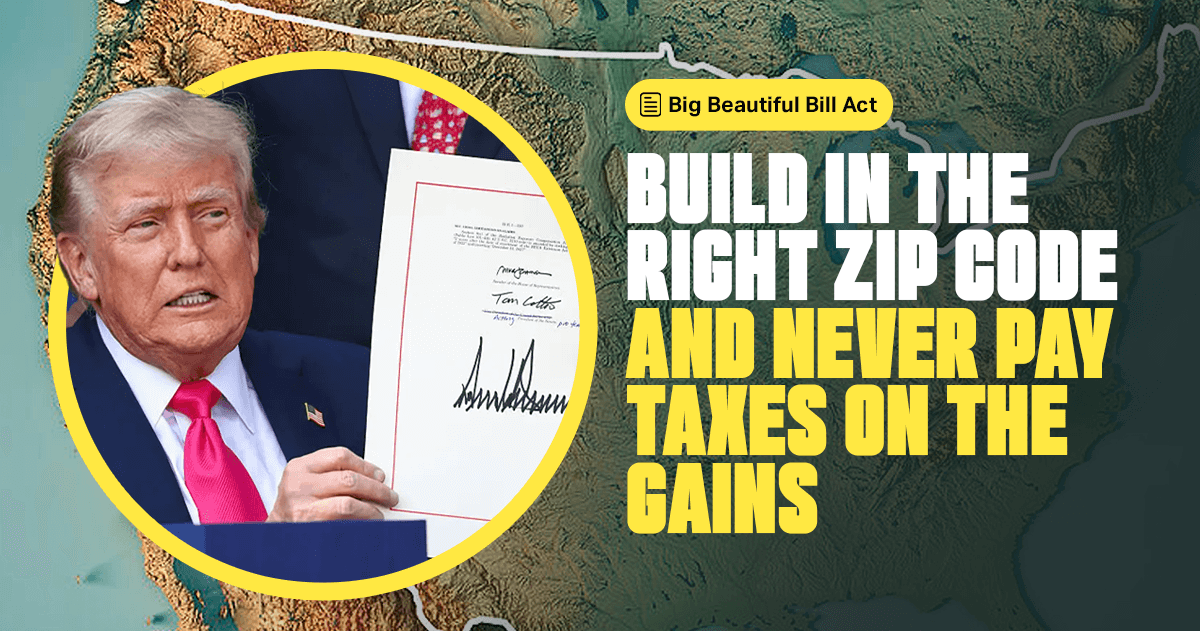You know what’s crazy? Most manufacturers spend decades paying for buildings that should have paid for themselves in year one.
I was having coffee with a guy who owns a small electronics manufacturing company. He’s been renting warehouse space for eight years, paying some landlord’s mortgage while he builds someone else’s wealth. Smart guy, works his ass off, but he’s stuck in that financial hamster wheel where you’re always moving but never getting ahead.
“I’d love to buy my own building,” he tells me, “but I can’t justify spending $800,000 when it’ll take me 39 years to write it off.”
I nearly spit out my coffee.
“What if I told you that you could write off the entire building this year?”
He looks at me like I just told him unicorns are real.
“Andrew, you’re full of shit. That’s not how buildings work.”
“It is now.”
I didn’t grow up on the right side of money, so when the government hands manufacturers a way to turn massive expenses into immediate tax deductions, I pay attention. And Trump’s Big Beautiful Bill just did something that’s going to change the game for every person who makes stuff in America.
They created the 100% Production Facility Deduction, and it’s like giving manufacturers a rocket launcher in a world full of slingshots.
Here’s how this works, and I’m going to explain it like you’re sitting at my kitchen table, not in some corporate boardroom:
If you’re in manufacturing—and I mean actually making tangible products that people can touch—you can now deduct 100% of the cost of building or substantially improving a production facility in the year you place it in service. Not over 39 years. This year. All of it.
But—and this is where most people are going to screw this up—there are rules. Specific rules. And if you don’t follow them, this whole thing falls apart.
- First, it has to be “qualified production property.” That means the portion of your building that’s actually used for manufacturing, production, or refining. Not your offices. Not your break rooms. Not the bathroom where Jimmy reads the sports page for twenty minutes. The actual production space.
- Second, the original use has to begin with you. You can’t buy some used building and claim this deduction. You’re either building new or you’re the first person to use it for production.
- Third, construction has to start after December 31, 2024, and before January 1, 2030. And the building has to be placed in service before January 1, 2034. They’re not going to let you drag this out forever.
- Fourth, and this is the big one—it has to result in a “substantial transformation” of whatever you’re making. You can’t just slap labels on products someone else made and call it manufacturing. You’re actually changing raw materials into finished goods.
How many of you are sitting in rented space right now, building someone else’s wealth? How many of you have been putting off expansion because the tax implications seemed impossible?
You see what I mean?
This isn’t just about saving money on taxes—this is about fundamentally changing the economics of manufacturing in America.
Think of it like this: Let’s say you’re making $600,000 profit this year, which means you’re about to write Uncle Sam a check for roughly $210,000. But instead, you build an $800,000 production facility. Under the new rules, you can deduct that entire $800,000 this year. Your taxable income drops to zero, and that $210,000 tax bill just became a $70,000 refund.
The math ain’t mathin’ if you’re still thinking like someone who accepts whatever the IRS demands.
But here’s what separates the smart money from everyone else—they understand this isn’t about building buildings you don’t need just to get a tax break. This is about accelerating investments you should have made years ago and using the tax savings to fund growth.
My buddy? He’s breaking ground next month. That $800,000 facility he couldn’t justify? It’s going to save him $280,000 in taxes this year, and then it’s going to house the equipment that doubles his production capacity.
This isn’t just about money, though. This is about bringing manufacturing back to communities that have been hollowed out by decades of shipping jobs overseas. It’s about creating opportunities for people who work with their hands to build something meaningful.
I’m not doing this for applause, but I’ve seen what happens when manufacturing leaves a town. I’ve also seen what happens when it comes back. Kids start believing they can have a future without leaving home. Families start building wealth instead of just getting by.
Money is a game, but this game has the power to rebuild American manufacturing one facility at a time.
You create products, you invest in facilities, you deduct what the law encourages, and you multiply what matters most—American jobs, community wealth, and your own financial freedom.
So here’s my challenge: Stop thinking like someone who’s grateful for whatever’s left after the government takes their cut. Start thinking like someone who understands that when the tax code rewards manufacturing, it’s because they want more manufacturing.
The shoebox mentality says “rent space and hope for the best.” The production facility mentality says “build wealth and let the tax savings pay for it.”
Which manufacturer are you going to be?




















